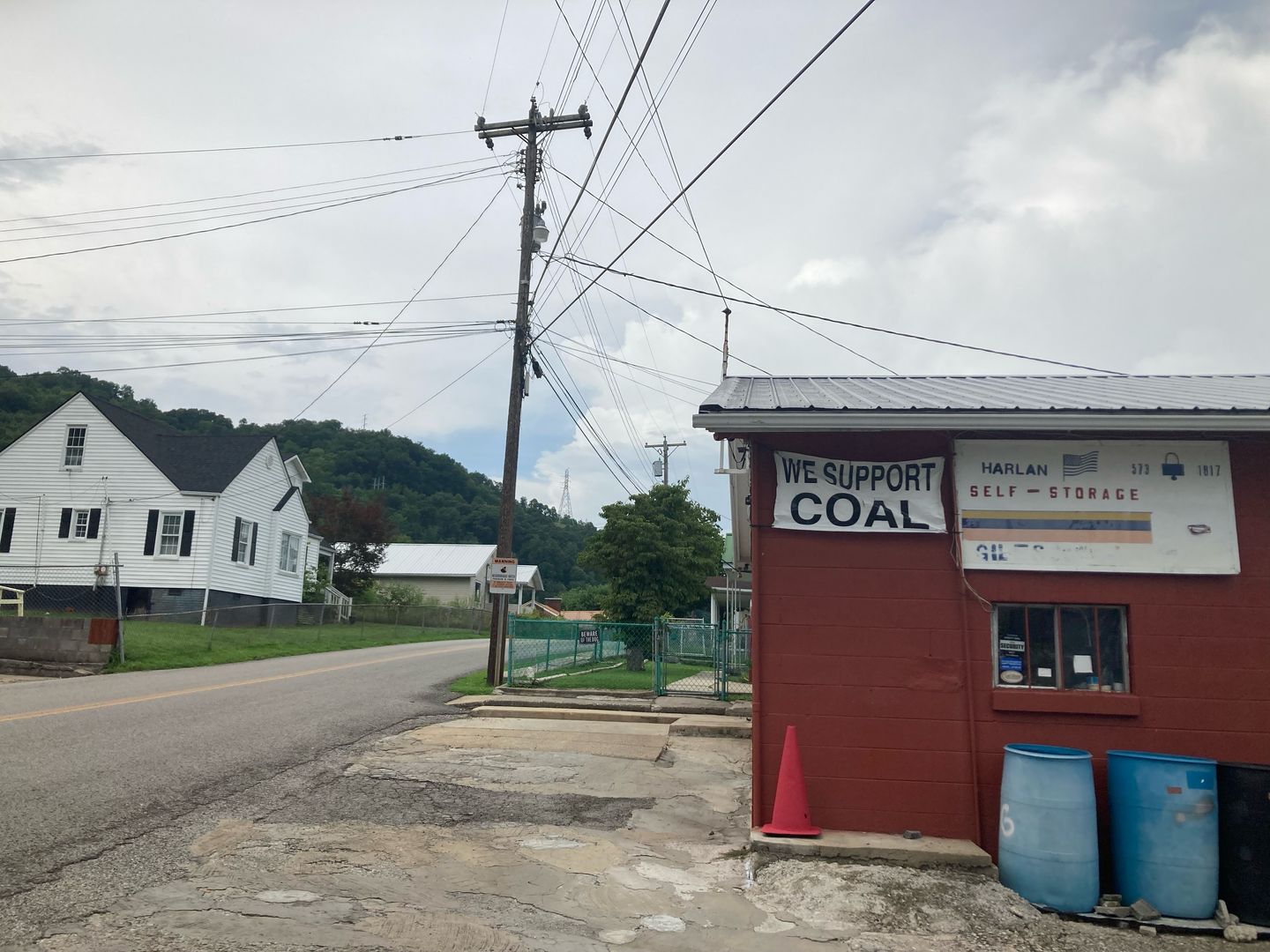
Don’t miss the full story from our staff writers, whose reportage is the basis of this article.
In the heart of Appalachian coal country, a remarkable transformation is underway as former mining sites become home to massive solar installations. Hazard, Kentucky, a town with a 32.6% poverty rate and median household income below the national average, will soon host one of the largest solar projects in the United States on a former surface mine that once produced 3 million tons of coal annually.
Edelen Renewables, led by founder Adam Edelen, is driving over $1.1 billion in private capital investment into Kentucky through three solar ventures. The company’s 80-megawatt tri-county Starfire project, partnering with Brightstar, will employ 300 local workers during construction, while the smaller Bright Mountain installation will create 200 jobs. These projects will supply power to 13 states and the District of Columbia through the PJM energy market.
However, the renewable energy sector faces significant challenges under the Trump administration’s “Big Beautiful Bill,” which phases out renewable energy tax credits and repeals key elements of the 2022 Inflation Reduction Act. Commercial solar projects must begin construction by mid-2026 and complete by 2027 to qualify for remaining credits, after which most incentives disappear.
The economic impact extends beyond job creation. In central Appalachia, residents spend over 15% of their income on energy — more than double the national average of 6%. Some families in persistent-poverty counties dedicate 40-50% of monthly income to utilities. Solar energy offers relief from what Dan Conant of Solar Holler calls the “leash of local utilities companies,” which operate as virtual monopolies in underserved regions.
The transition represents more than economic necessity — it’s about dignity and hope for communities that powered America’s industrial development for a century. Former coal miners and young residents are finding new opportunities in solar installation and manufacturing. QCells’ Georgia facility employs nearly 1,900 people, with nearly half being women, demonstrating the industry’s accessibility.
Educational initiatives are also taking root. Secure Solar Futures launched Virginia’s first solar apprenticeship program, paying high school students $17 per hour to install panels on school buildings.
Nineteen students have since found full-time employment in solar or electrical work, allowing young Appalachians to build careers without leaving their communities.
The geographic advantages that once hindered Appalachian development now work in solar’s favor. Former mountaintop removal sites — flat, cleared, and elevated — provide ideal locations for solar installations. These “brownfields”, unusable for housing or factories, can generate substantial power and provide steady revenue through payment-in-lieu-of-taxes agreements, ensuring 40 years of reliable income for local schools and governments.
Read more: ’We’ve paid our dues’: Appalachians look to new solar projects to replace old king coal
This article is written with the assistance of generative artificial intelligence based solely on Washington Times original reporting and wire services. For more information, please read our AI policy or contact Ann Wog, Managing Editor for Digital, at awog@washingtontimes.com
The Washington Times AI Ethics Newsroom Committee can be reached at aispotlight@washingtontimes.com.








